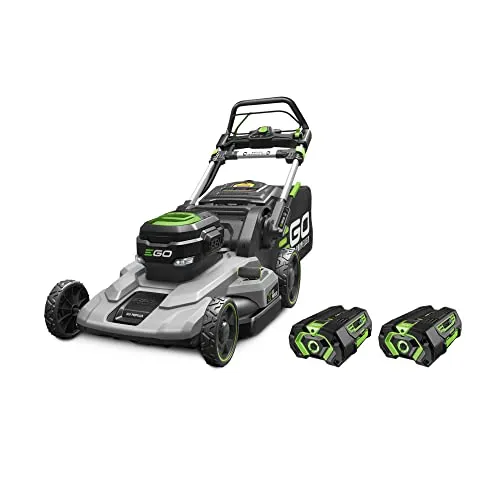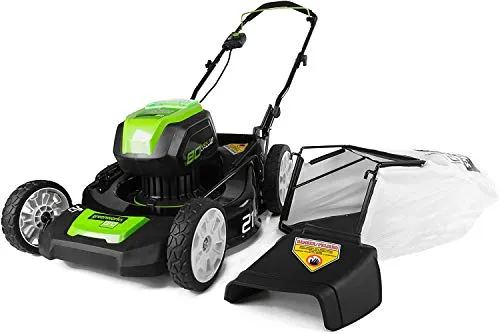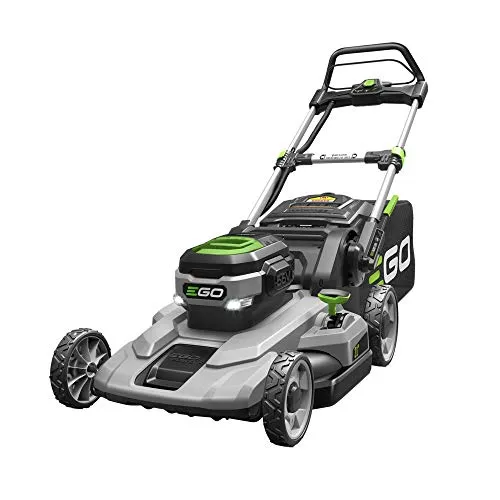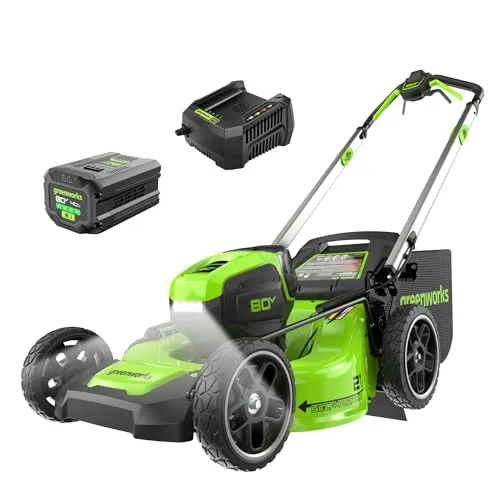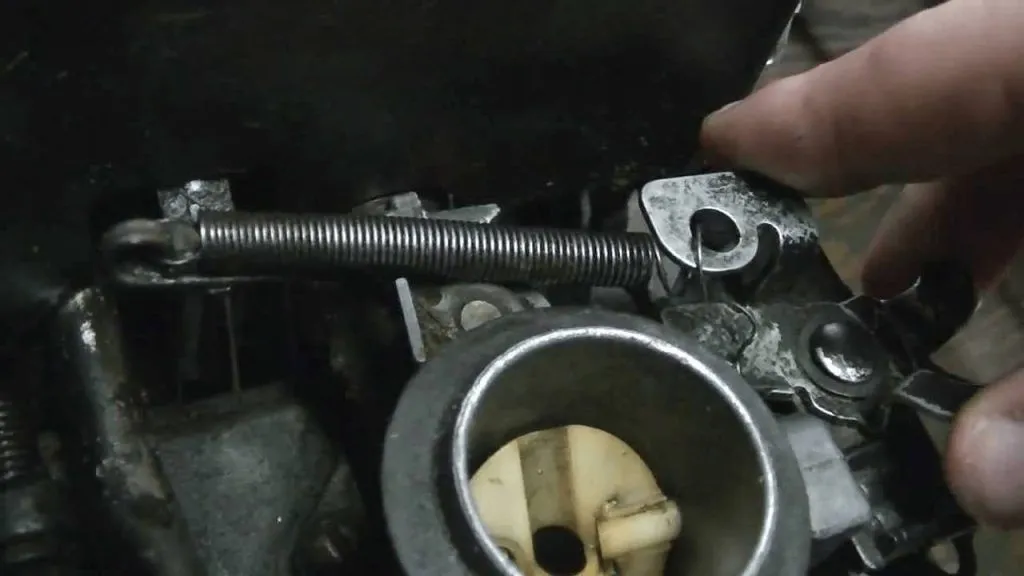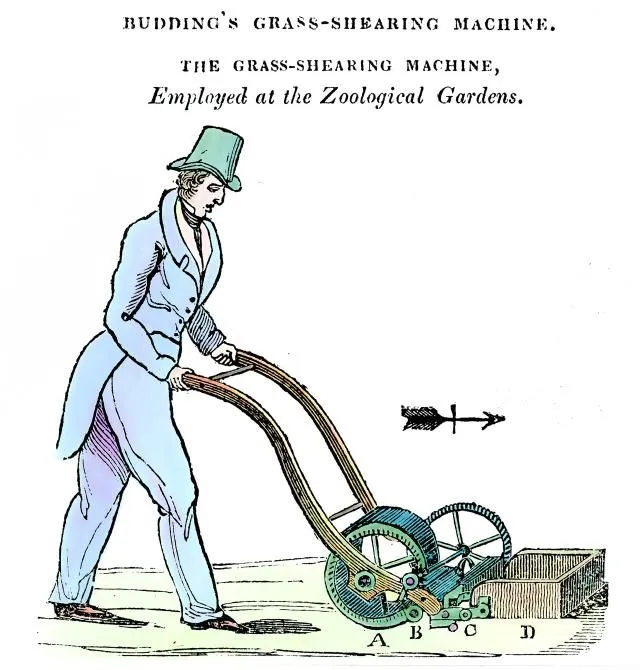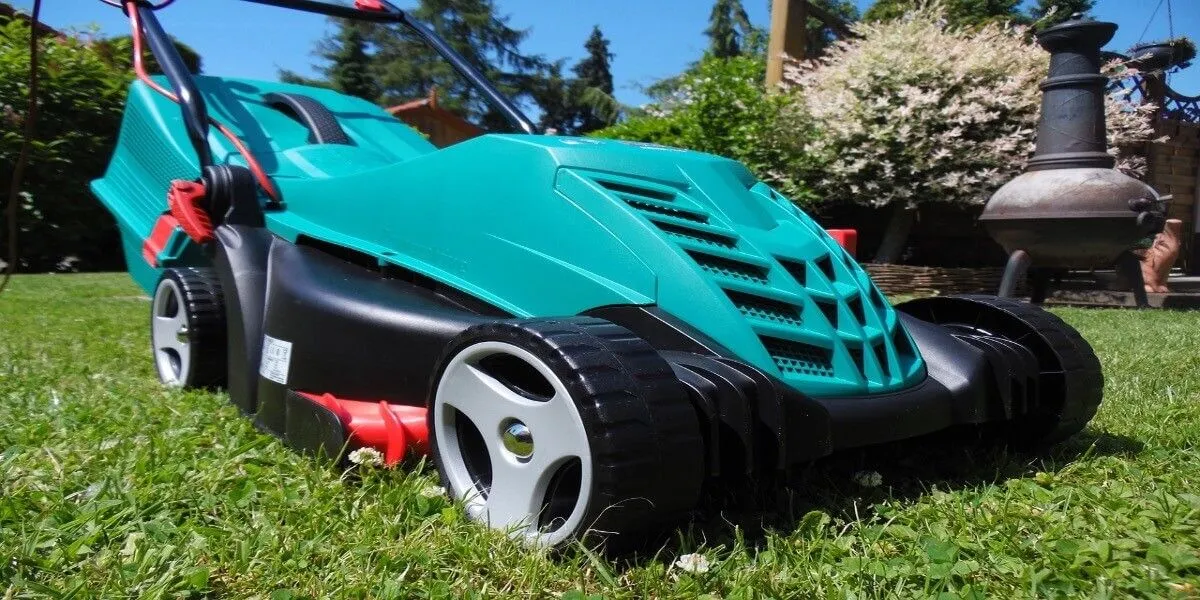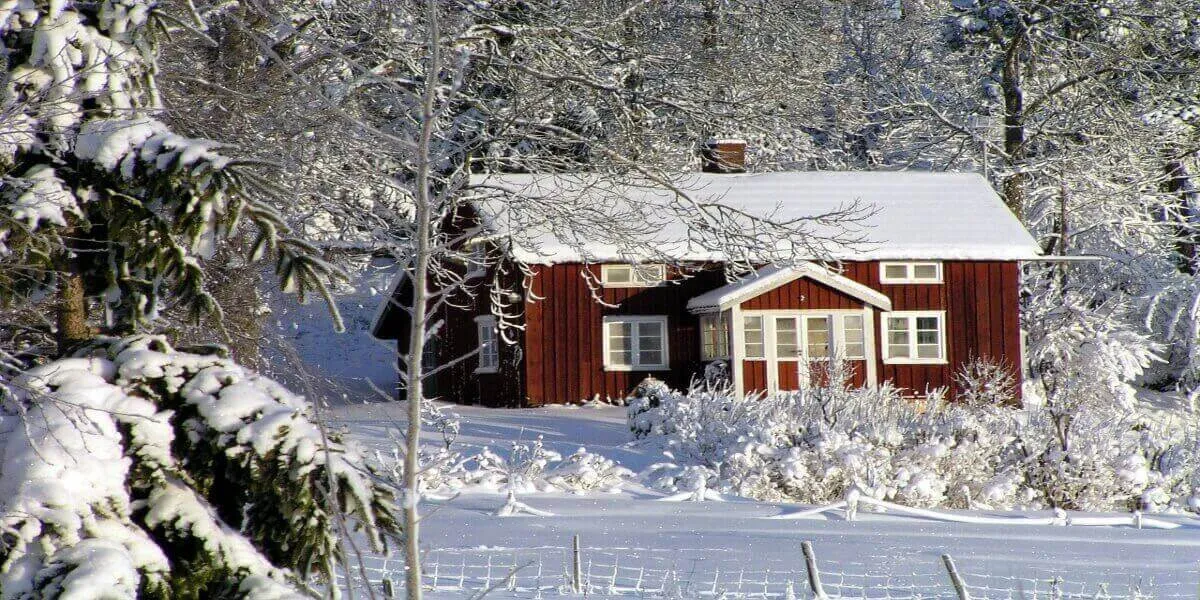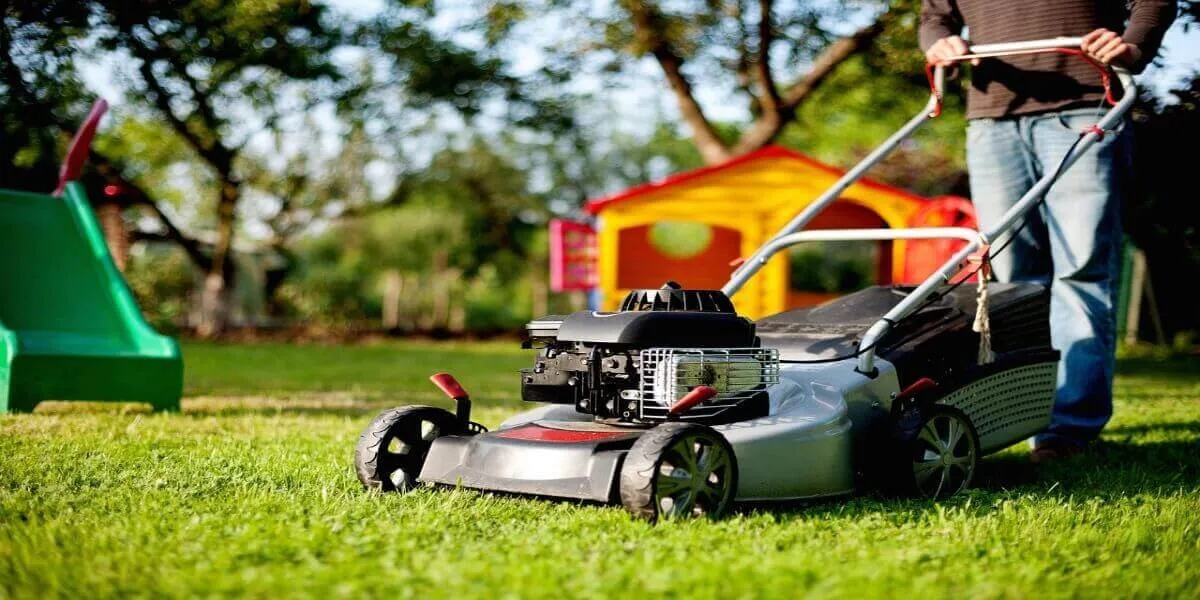How to Fix a Lawn Mower That Won’t Start: Ultimate Troubleshoot Guide

Jeffrey Tung on Jan 1, 2024
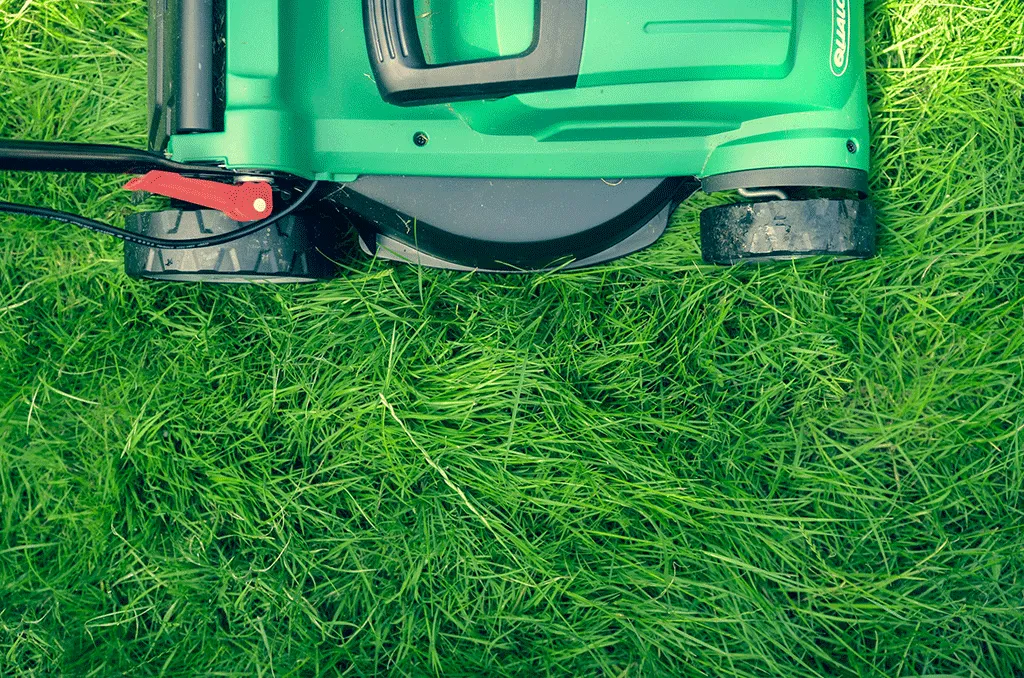
We earn affiliate commissions at no extra cost to you.
Are you frustrated with your lawn mower not starting just when you need it? You might also be wondering why your brand new lawn mower won’t start. Worry not, though; there’s a rational answer for most lawn mower-related problems.
If your lawn mower won’t start, you first need to troubleshoot the problem and then work towards fixing it. You can easily learn how to fix a lawn mower that won’t start, but you have to know the specific cause first.
Check out the following guide. It will just save you a costly trip to the repair shop.
My Lawn Mower Won’t Start Even Though It’s Brand New
You might think that having a brand new lawn mower would give you at least a few months of breathing space. However, it’s absolutely possible and even usual for a brand-new lawn mower to give you trouble when you try to start it. Here are some reasons for such issues; go through this list and see if any of these reasons might be the problem:
Engine oil level
If someone says ‘My lawnmower won’t start!’, the first advice you can give them is to check the oil level in the lawn mower engine. Yes, this might seem like an overly simplistic step, but it makes sense. A lot of lawn mowers go through shipping without any oil inside them while others might just have a low oil level.
If the oil level in your lawn mower is low, it simply won’t start. If this is your first time starting your lawn mower, checking the oil level is necessary. If you do find that the level is low, put in just a little oil and then try starting the mower again. You don’t need an overly high level of oil either, as this can increase pressure on the crankcase. If that happens, you’ll have a real no-start problem on your hands.
Checking the gas freshness
Again, this is quite a simple thing to check, but the problem could be the kind of gas you have in your new lawn mower. If you don’t use a gas stabilizer, it’s possible that the gas has gone stale. This could happen after one month of storage, so you need to be alert.
You also need to make sure that your gas can is clean. If it’s not, a dirty refill could be causing all your problems. Ensure that you clean the gas can at the beginning of each season and fill it up with fresh gas. If you want to store that gas for over a month, invest in a gas stabilizer.
Checking the gas tap
The gas tap might also be the problem, so locate it and see if it’s turned on. Your mower might not even have a gas tap; but if it does, you can locate it by looking for the gas line. This line will run from the carburetor to the tank. If you’re still having trouble finding it; check the motor specifications in the lawn mower’s manual.
If you’re asking, ‘Will old gas cause a lawn mower not to start?’ the answer is yes. Even if you do manage to start the lawn mower with old gas inside it, you’d probably be putting the engine at risk.
Checking the choke
Every lawn mower engine needs some extra gas when you try to start them cold. They need this to get the engine warm enough to function. Your particular lawn mower might include a choke lever or a primer bulb. You need to press this bulb or lever to get things started.
If your model is a bit sophisticated, it might include an automatic choke. You can check the owner’s manual for your mower to see which kind your model has. The controls might also give you a hint about this feature.
The bail lever
Some lawn mowers also have a bail lever or dead man’s lever on their handlebars. This is like an on/off switch that comes in a lever form. You have to hold this lever so that the engine can run and stay running.
However, keep in mind that not every lawn mower will have this bail lever. Some models, especially the high-end ones, have a blade engage control ever instead of the stop/start version that a bail lever entails.
When you release the bail lever, this action kills your lawn mower engine. A self-drive lawn mower will probably have two such levers that look quite similar. This could result in some confusion, so look closely at the makings. The bail lever is usually above the other lever and might have a red color. It could also have a stop sign marking.
Checking the plug wire
Every engine has a spark plug, and it’s no different when we’re talking about a lawn mower. If the spark plug wire isn’t fitted securely, or if the wire is off, the mower will have trouble starting. Search for a wire coated in black rubber with a boot at the end. This should be securely in place in order for your lawn mower to start.
How to Fix a Lawn Mower that Won’t Start After Winter
When you’re doing the lawn mower troubleshooting, one of the most common questions might be ‘How do you start a lawn mower after winter?’ The cold weather can cause a lot of problems in any sort of vehicle or motor, so some lawn mower troubleshooting here might be necessary.
Curious to know why your lawn mower won’t start after the chilly season and what to do about it?
Below are a few reasons why your lawn mower won’t start after the winter season ends:
Buildup in the carburetor
Since your lawn mower was left sitting idle for quite a long period of time, there might be a buildup in the carburetor from the gasoline inside. There could also be some stale fuel in the lawn mower’s float bowl which could also cause starting issues.
If these problems are there, you can easily get to the solution of how to fix a lawn mower that won’t start. You have to drain away the old fuel from your mower’s float bowl. Get some carburetor cleaner and clean out that part of the mower. Be thorough; your carburetor might be extremely dirty after lying in storage all winter.
It’s also possible that the clogging in the carburetor is impossible to clean properly. If even professional help doesn’t cut it here, you’ll have to replace the whole carburetor.
After cleaning, you’ll also have to drain the fuel tank, and then top it up with some fresh fuel. Put in some fuel stabilizer to slow down any future buildup. Your lawn mower’s manual should give you instructions on how to drain the fuel safely.
If your lawn mower won’t start after cleaning carburetor, there are a couple of other reasons to look into.
A dead spark plug
Spark plugs are tiny things. But they’re among the most powerful features in any motor or engine. Replacing the spark plug isn’t a huge deal; you should be able to do it yourself in a few minutes. Getting some replacement plugs is also quite inexpensive. So, go ahead and make that investment. You’ll have to consult the manual if you haven’t done anything like this before.
A worn battery
On average, one may expect lawn mower batteries to stay functional for around five years. However, you might notice that your battery isn’t staying charged for very long or is absolutely dead after winter storage.
If you find some charging issues with your lawn mower battery, try charging it with a battery charger until it’s full. You may have to replace your battery if it isn’t holding the charge at all. Batteries do tend to lose power when they haven’t been used for some time, so this shouldn’t be a surprising occurrence. Fortunately, you should easily be able to find replacement batteries at any major retailer.
How to Fix a Lawn Mower That Won’t Start After Running
What would cause a lawn mower to start and then die? There could be several answers to this question. Since a lawn mower isn’t just a luxury but a necessity for most people, no one wants their particular model to stop working. It’s especially frustrating if the mower was working just a few minutes ago.
You might find that your lawn mower starts up just fine, but then wouldn’t start up after you’ve used it for a bit.
There’s no need to panic just yet, though; here’s what you should check off your list if your mower is giving you such problems:
Turning off the mower yourself
The first concern to know is why your lawn mower initially stopped. Did you stop the mower yourself, or did it stall in the middle of a running phase? If the mower stopped by itself, it might not matter whether it was running in the first place.
If you stopped the mower yourself, it might not start again because it’s too hot. When an engine is running, its internal temperature goes up. Since most engines have metal parts, the extra heat causes them to expand. But the change is imperceptible for most. The valves in your engine might be changing in shape and size, so they’re not able to close fully when you turn off the mower. If this happens, there wouldn’t be enough pressure to start the mower when you try to turn it on again.
You can test out this case by checking out the compression when your mower has cooled down. Check the compression again when the engine is hot. If the compression is higher when the mower is cold, the heating is probably the main reason behind your problem. You can rectify the issue by setting the valve lash properly when the engine is cold.
Unfortunately, testing the compression and dealing with the valve lash isn’t something that every layperson can do by themselves. If you’re familiar with engines and working with them, you’re good to go. However, it’s best to leave such jobs to a professional if you’re not used to such tasks. If you don’t, you might put your lawn mower engine at more risk of damage.
Of course, another reason could simply be that the lawn mower engine overheats during use. This might simply be a case of the grass clippings clogging your mower’s cooling fans. This issue is easy to check, so rule out the possibility before you take your mower to a repair shop or call a mechanic.
Losing power during mowing
If you find out that your lawn mower is shutting itself off while running, the problem might again be related to heat. However, there are a few other issues that you should rule out.
First, see if you’re out of fuel. This might be a bit obvious but you’ll be surprised at how often it happens. If you’ve just refilled the fuel, there might be some debris in the fuel line. Clean them out and try starting the mower again.
There may also be some grass buildup under your mower or the grass you’re cutting is just too long. See if you need to increase the cutting height and clear the cuttings out while you’re at it.
Checking other possibilities
As mentioned above, the spark plugs are an essential part of your lawn mower engine. See if these are clean and secure; if not, you may have to adjust or replace them.
The air filter might also be the culprit and is a relatively simple problem to fix. You can probably check for it yourself. Clean air filters should result in an easy startup for the lawnmower.
What to Do if the Lawn Mower Still Won’t Start
If you’re still asking how to fix a lawn mower that won’t start, there might be a slew of other potential problems to check out. Here are a few issues that you could sniff out for your non-cooperative mower:
Check the starter rope
If your lawn mower starts by pulling a rope, it might get stuck or be hard to pull at times. This usually means that the engine flywheel brake is engaged. This is the bar on the handle that we hold down to stop the engine. See if the bar is pulled completely down before you pull the rope.
Another reason for these rope issues might be that the mower blade is clogged with clipping or simply dragging the grass. To check out this issue, move the mower to a floor or concrete patch. Clear out its underside and then try to mow some grass again.
Check the blade
In addition to clogging and dragging, your lawn mower blade itself might be at fault. See if this is loose, dulled or bent with use. You’ll have to sharpen the blade or replace it altogether.
A smoking mower
If you see smoke coming out of your lawn mower engine, you might understandably get a bit worried. However, there shouldn’t be much to worry about here. The smoke could come from a too-full oil chamber, a leakage of oil in the exhaust muffler, etc. Still, if the mower isn’t running properly and the smoke is a light color, you should consult a professional right away.
Wrapping up
When you’re wondering why your lawn mower won’t start for any reason, the owner’s manual could be your best friend. Try to pinpoint the problem with the troubleshooting guide above, and then crack open that manual to see how you can establish the solution on your own. The website for your lawn mower’s manufacturer might also be of help, even giving you videos about how to assemble and start your mower.
Finally, don’t get disheartened if your lawn mower won’t start just when you need it to. The problems behind this occurrence always come with a solution. Keep your chin up and barrel on forward until you’re happily mowing again!

